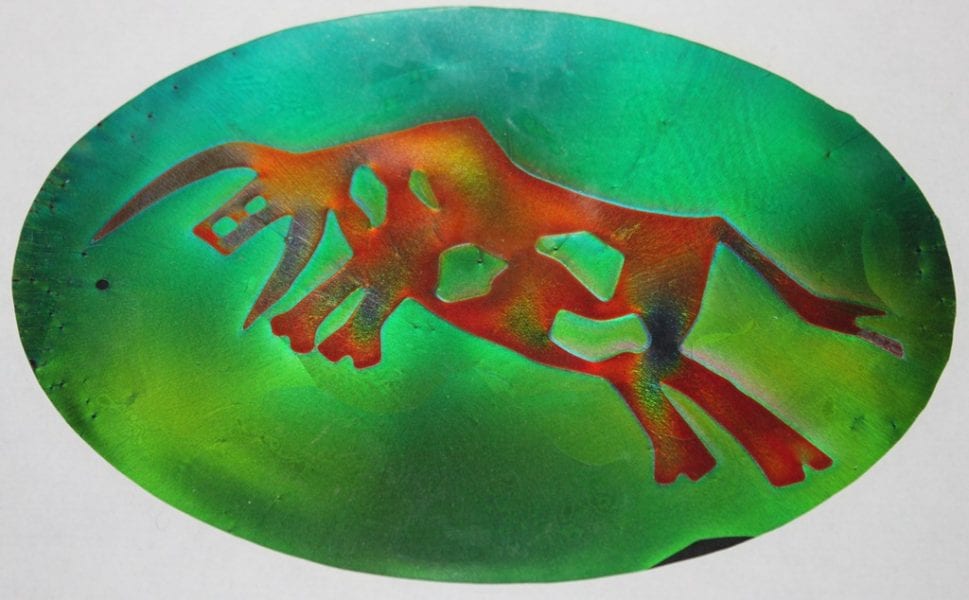 Cholesteric liquid crystals consist of rodlike molecules arranged in a helical structure where the distance needed for one complete rotation is called the pitch of the helix.
Cholesteric liquid crystals consist of rodlike molecules arranged in a helical structure where the distance needed for one complete rotation is called the pitch of the helix.
In the planar aligned state these materials are considered 1D photonic crystals due to the continuous rotation of the director and exhibit a photonic bandgap that leads to unique optical properties.
Within the photonic bandgap, 50% of the incident light is transmitted through the material with the same twist sense as the helix, the other 50% is reflected back antiparallel to the helical axes and with the opposite twist sense.
This effect is well studied for low molar mass cholesterics and is recently exploited for the preparation of feedback media for mirrorless lasers. For these purposes, crosslinked cholesteric films from polymeric materials are very interesting because of the larger stability of their cholesteric structure. However, the application of most of the cholesteric polymers is limited because of their low optical quality, due to the poor mesogen alignment.
At the Johannes Gutenberg-Universität in Mainz, Prof. Rudolf Zentel and Dr. Daniel Wenzlik have successfully optimized the optical quality of crosslinked cholesteric films from cellulose derivatives to an extent reached, so far, only by low molar mass materials. By a swelling process, they were able to upload fluorescent dyes into the films without disruption of the cholesteric liquid crystals alignment.
By a careful matching of the fluorescence wavelength and bandgap, polymeric films suitable for lasing can be obtained.

















